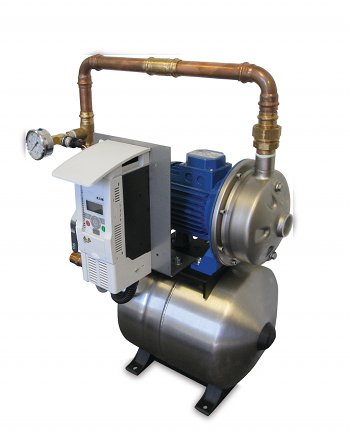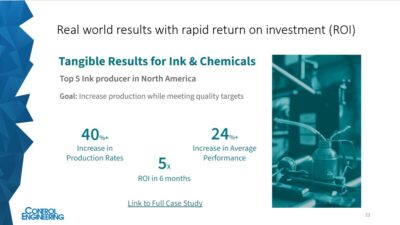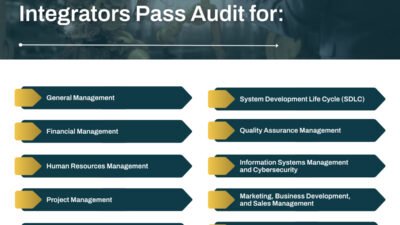Application: Existing drives were not accurate enough to provide desired results and were not offered with conduit fittings. The solution provided was cost effective and more energy efficient than prior drives used and eliminated the PLC and control panel for logic.

Achieving consistent water pressure is a challenge for geographical areas that have grown faster than the development of infrastructure to accommodate water demand and for businesses, such as fast-food restaurants and strip malls. Recognizing the residential and light commercial markets’ need for an energy-saving booster pump to deliver reliable water pressure, QuantumFlo, DeBary, Fla., used its variable speed pump expertise to develop a “pump in a box” solution that detects low flow conditions accurately and enables users to achieve significant energy savings.
Boosting efficiency
Although constant speed pressure boosters are available, inefficiency makes them a less-than-desirable option. With a constant speed drive, every time the system comes on at full speed, it runs for a time delay and then turns off. As a result, it is at full speed and full capacity the entire time it is running.
In contrast, the variable frequency drive (VFD) solution runs only for the specific capacity and energy required to meet the need at that instant.
As the speed of the pump is reduced, the energy is reduced by the cube of the speed reduction. Every reduction in speed below full speed reduces the energy by a factor of eight. In addition, variable speed boosters are also quieter and maintain smooth pressure throughout the facility or residence.
QuantumFlo CEO David Carrier said, “The effective use of energy is best served with variable-speed drives, particularly in transporting and generating water pressure. There are very few devices in a commercial structure that run almost constantly. Eighty percent of the time a typical water booster system is using 20% capacity or less. If it’s running 80% of the time at full speed, for 20% of the load, that’s a huge amount of waste. In contrast, if it is running 80% of the time at 20% load, its energy is being reduced by the cube of the speed reduction, which is massive. As a result, when considering the energy reduction over time, it’s very significant even on a very small unit.”
QuantumFlo application engineer Robert Mann said when developing a pressure booster, the “goal was to provide a fully contained, fully assembled solution by putting together a motor, pump, bladder tank, and a VFD. Once it was fully plumbed, wired, and tested, we put a few units in the field. It wasn’t long before we learned that the VFD we used did not have the accuracy to detect lower flow conditions. Customers also reported that while the exposed wiring did not present a safety hazard in itself, code inspectors did look upon it unfavorably. Considering the potential impact of those two issues on our customers, we immediately revisited the unit’s design.”
Contained wiring
While investigating alternatives that would eliminate the accuracy problem and exposed wiring issue, it learned about the capabilities of a VFD that could provide the required accuracy and provide an IP21 kit to contain the wiring.
Mann said the new design provided “both a pump control solution and a complete control solution in a compact package. Most systems with this complexity rely on a control panel with a PLC to execute the required logic. Since the drive has built-in intelligence, it performs all on/off operational calculations, soft start and stop, and regulates the pressure of the system. Accomplishing all of that using a PLC would require complex wiring, an added enclosure, and result in a unit with a larger footprint. Plus the PLC alternative would cost at least 50% more.” The VFD used brings this logic into itself, which eliminates the panel. “In addition, the IP21 conduit kit provides a very streamlined, clean installation,” he added.
The more accurate drive with IP21 conduit kit allowed QuantumFlo to meet energy and functionality needs, while eliminating the PLC and control panel for logic.
– Robert Fenton is product line manager at Eaton. Edited by Mark T. Hoske, content manager CFE Media, Control Engineering, Plant Engineering, and Consulting-Specifying Engineer, [email protected].
www.eaton.com
Also read below, Technologies inside: Higher pump efficiency, consolidated logic – Online extra – with additional photo
This article is part of the April 2013 CFE Media supplement, Industrial Energy Management. See other articles linked below.



